The Electric Drone Market has witnessed substantial growth over the past few years, driven by advancements in technology, increased demand across various sectors, and the potential for commercialization of drone services. The competitive landscape is marked by a diverse range of players, each bringing unique innovations and capabilities to the forefront.
Companies are continuously enhancing their offerings to cater to the evolving needs of consumers and industries, which include improved battery life, enhanced payload capacities, and sophisticated autonomous capabilities.
The market is characterized by intense competition as firms strive for a larger market share while also working to establish brand loyalty through superior customer service and product reliability. With applications spanning from aerial photography to agricultural monitoring and package delivery, businesses are integrating electric drones into their operations, further intensifying competitive dynamics.
DJI has emerged as a dominant player in the Electric Drone Market, recognized for its cutting-edge technology and comprehensive product range. The company has established a robust brand reputation for reliability and performance, appealing to both hobbyists and professionals alike.
Its pioneering efforts in drone technology have positioned DJI as a leader in aerial imaging and surveillance, driving the adoption of drones across a variety of industries, including filmmaking, agriculture, and construction.
The strong focus on research and development enables DJI to maintain a competitive edge, introducing features like intelligent flight modes and advanced stabilization technology that enhance user experience. Additionally, DJI's distribution network facilitates a widespread market presence, allowing for efficient product delivery and support services that further solidify its position in the market.
Skydio, on the other hand, has carved a niche in the Electric Drone Market through its emphasis on autonomous flight technology and obstacle avoidance capabilities. The company has distinguished itself by developing drones that can navigate complex environments independently, making them particularly appealing for applications that require minimal operator intervention.
Skydio's innovative use of artificial intelligence in its drones allows for real-time decision-making, which sets it apart from competitors in terms of safety and ease of use. The integration of cutting-edge technology into its products has earned Skydio commendations from various industry sectors, paving the way for partnerships and collaborations that enhance its market reach.
With a growing presence, Skydio is focused on expanding its customer base, emphasizing a commitment to user-centric design and performance that addresses the specific needs of clients in sectors such as public safety and infrastructure inspection.
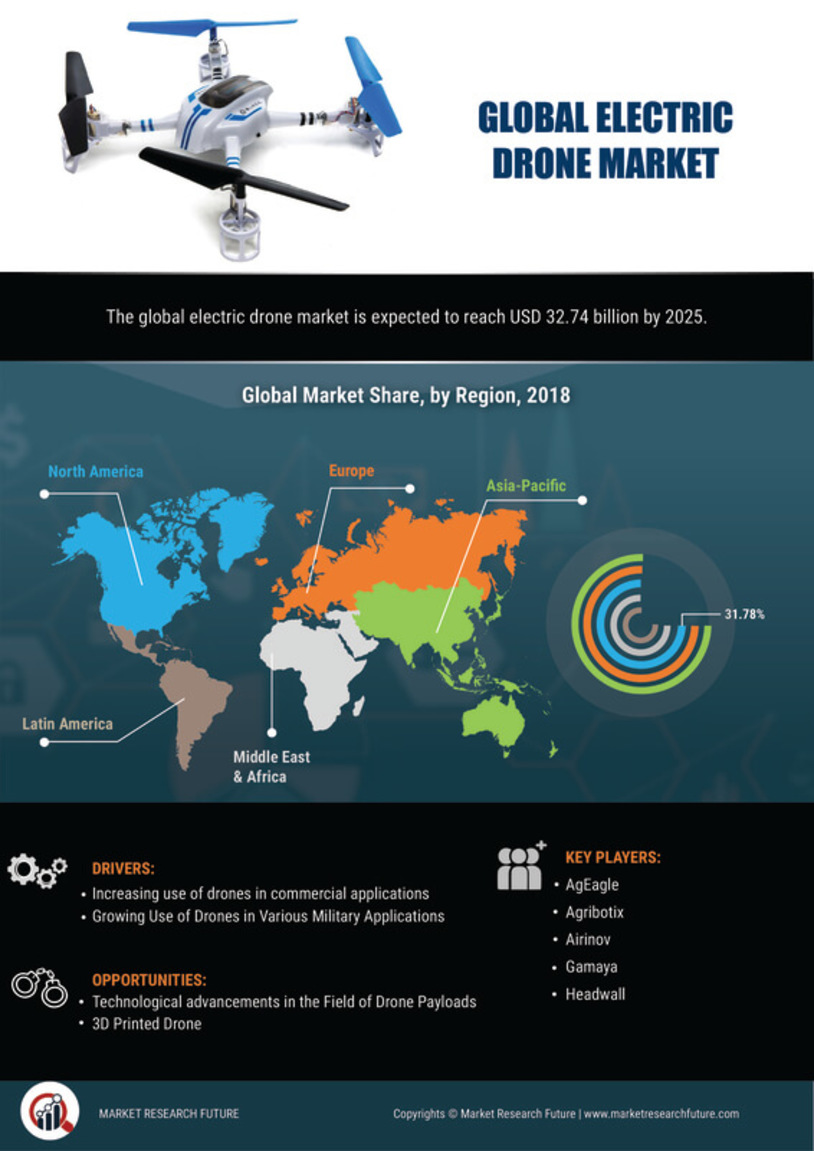

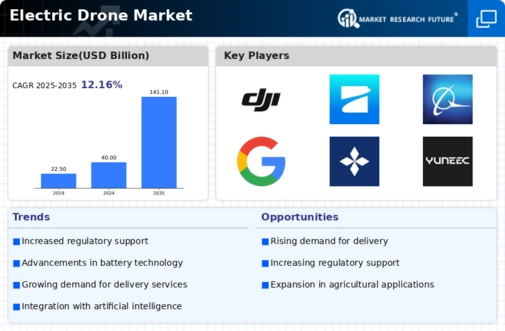
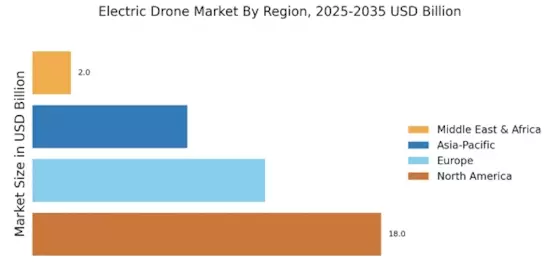

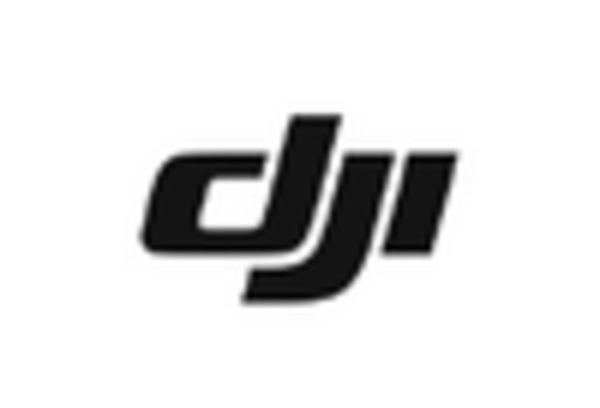



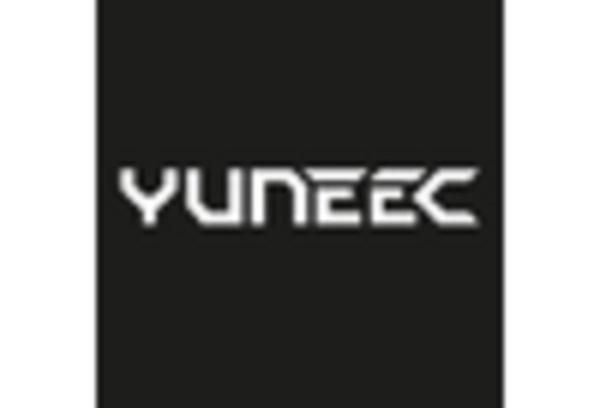








Leave a Comment